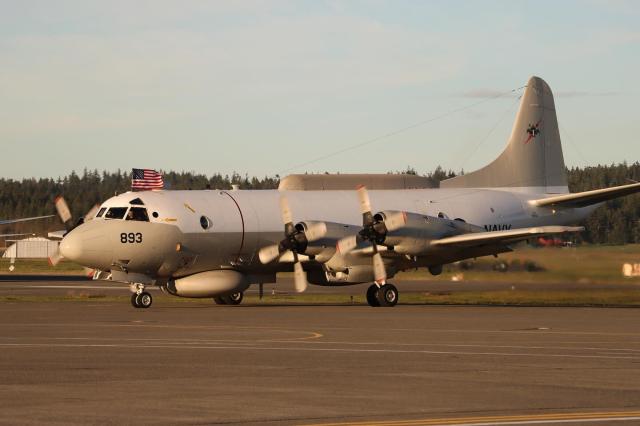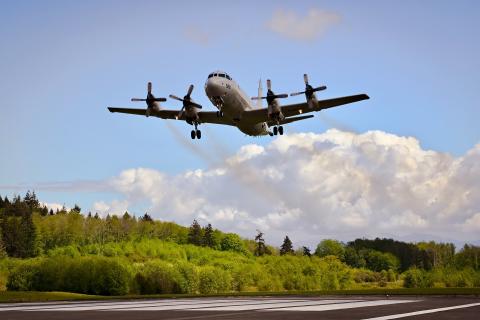 Sundown for Fleet Air Reconnaissance Squadron One
Sundown for Fleet Air Reconnaissance Squadron One
Fleet Air Reconnaissance Squadron One (VQ-1), known as the World Watchers, is set to deactivate on 31 March 2025. A deactivation ceremony will be held at Naval Air Station (NAS) Whidbey Island (WA) on 28 March 2025.
As part of this process, VQ-1 is retiring its remaining aircraft. The final EP-3E Aries II (BuNo 159893), the Navy’s last electronic reconnaissance aircraft of its type, was retired on 12 February 2025. Additionally, the squadron’s last P-3C Orion (BuNo 161588), used for training and transport, will be retired in an informal ceremony at NAS Whidbey Island on 20 February 2025.
The deactivation of VQ-1 marks the end of an era in manned airborne signals intelligence for the US Navy. The EP-3E Aries II is being replaced by the MQ-4C Triton, a high-altitude, long-endurance unmanned aerial vehicle operated by Unmanned Patrol Squadron (VUP) 19 Big Red (PE), currently operating from NAS Jacksonville (FL). A second squadron, VUP-11 Pegasus (LE), will be established in Fiscal Year 2026 at Whidbey Island.
 Operational demands previously delayed VQ-1’s deactivation. A Navy directive issued on 18 July 2023, initially scheduled operations to cease by 30 September 2024, with deactivation on 31 March 2025. However, this timeline was adjusted due to ongoing mission requirements.
Operational demands previously delayed VQ-1’s deactivation. A Navy directive issued on 18 July 2023, initially scheduled operations to cease by 30 September 2024, with deactivation on 31 March 2025. However, this timeline was adjusted due to ongoing mission requirements.
Established on 1 June 1955, VQ-1 has played a pivotal role in aerial reconnaissance and signals intelligence for nearly seven decades. Its deactivation reflects the Navy’s transition toward advanced unmanned systems to fulfill intelligence, surveillance, and reconnaissance missions.
Credit photos: VQ-1

